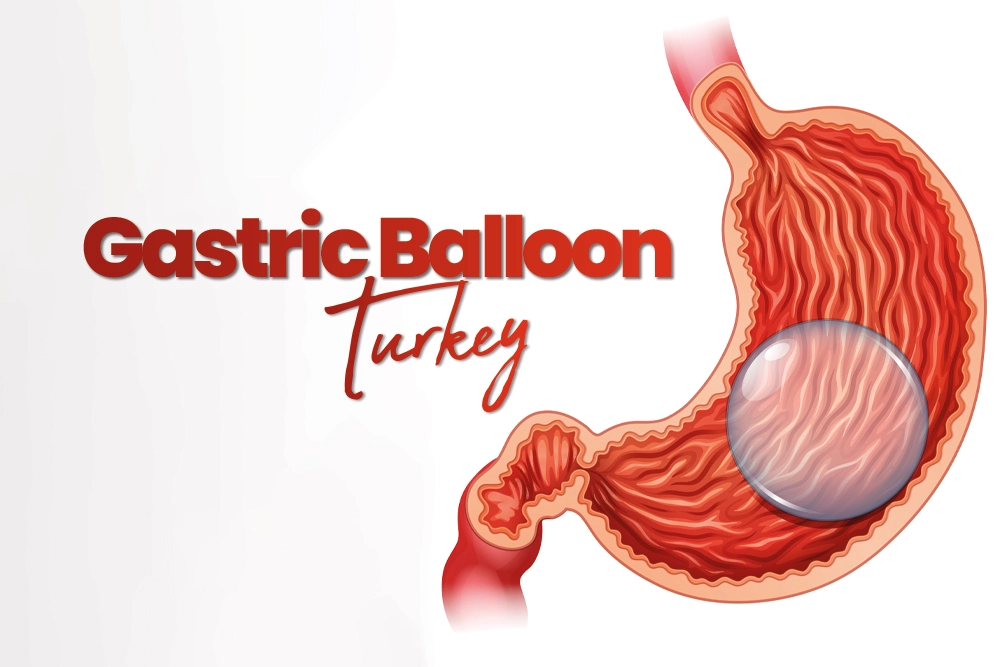The Ashley Judd face has been the subject of intense public discourse, a conversation that unfortunately highlights the often harsh and misinformed scrutiny placed upon women in the public eye. As a celebrated and talented actress with a successful acting career spanning decades, Ashley Judd has faced relentless plastic surgery rumors, particularly concerning her “puffy” appearance. This speculation, however, overlooks the medical reality behind her changing facial features. This article will provide a definitive, clinical analysis of what happened to Ashley’s face, separating misogynistic speculation from medical fact. We will explore the real reasons behind her transformation, explain the medical conditions and treatments involved and use this as an opportunity to discuss the crucial difference between the side effects of medication and the results of cosmetic procedures like Botox and dermal fillers.
Ashley Judd Plastic Surgery Rumors: A Clinical Analysis
The widespread plastic surgery rumors surrounding Ashley Judd reached a peak when she appeared at public events with a noticeably fuller facial appearance. The public and media commentators immediately jumped to the conclusion that she had undergone cosmetic enhancements that had gone wrong. The conversation was filled with assumptions of excessive dermal filler injections, a poorly executed facelift or other “work done” that resulted in an unnatural, “puffy” look. However, a proper clinical analysis, which considers a person’s full medical context rather than just superficial appearance, points in a completely different direction. The changes in her facial contours were not consistent with the targeted, structural volumization of dermal fillers but rather with a more generalized and diffuse swelling, a key diagnostic clue that was widely ignored in the public rush to judgment.
The Medical Reality Behind Ashley Judd’s Changed Appearance
The truth behind what happened to Ashley Judd’s face was not plastic surgery but a well-documented medical situation that she was forced to publicly disclose to combat the wave of criticism. After enduring a significant amount of negative commentary, Ashley said she wanted to address rumors directly. She explained with grace and frustration that her puffy appearance was a direct and common side effect of the powerful corticosteroid medication Prednisone. She was prescribed this medication by her doctors to treat a severe, recurring sinus infection and later for the management of siege migraines, a debilitating medical condition. The public’s rush to criticize her appearance was, in fact, a judgment on the visible side effects of a medication she required for her health and well being. This situation serves as a powerful reminder of the danger of making assumptions about a person’s health based on their appearance.
To understand the change in Ashley Judd’s appearance, it is essential to understand the medication responsible. Prednisone is a potent synthetic corticosteroid used to suppress the immune system and reduce inflammation in a wide range of conditions, from autoimmune diseases like lupus and rheumatoid arthritis to severe allergies, asthma and infections. While it can be a life saving and necessary medication, it is known for its extensive list of potential side effects.
The most visually prominent of these side effects is a condition known as Cushingoid facies, or “moon face,” which is a hallmark of prolonged or high dose steroid use. This condition is characterized by:
- Facial Swelling (Edema): The medication causes the body to retain sodium and fluid, leading to significant swelling, particularly in the face.
- Fat Redistribution: Prednisone alters how the body stores fat, causing it to accumulate in the face, the back of the neck and the abdomen.
- Weight Gain: Steroids are known to increase appetite and alter metabolism, often resulting in overall weight gain, which can further contribute to a fuller facial appearance. It is a clinical fact that these changes are a direct result of the medication’s systemic effect on the body’s endocrine system and have absolutely nothing to do with elective cosmetic enhancements.
Steroid Effects vs. Dermal Fillers: A Clinical Comparison
A trained clinical eye can easily differentiate between the effects of systemic steroids like Prednisone and the results of locally injected dermal fillers. The distinction is clear.
- Dermal Fillers: Filler injections are a precise, artistic procedure. A skilled clinician uses them to add volume to very specific, targeted anatomical areas to sculpt and contour the face. For example, filler might be placed along the cheekbones to create a lift, in the temples to restore a youthful shape or along the jawline for definition. The result is localized, structural augmentation.
- Steroid-Induced Puffiness: The swelling caused by Prednisone is, by contrast, diffuse, generalized and non-structural. It affects the entire face, often obscuring the underlying bone structure rather than enhancing it. It creates a rounded, edematous and sometimes pillowy look, which is distinctly different from the sculpted appearance provided by expertly placed fillers. The public’s inability to see this difference in Judd’s case highlights a general lack of understanding about both medical treatments and cosmetic procedures.

Ashley Judd and the Misogynistic Scrutiny of Women’s Faces
Ashley Judd’s experience became a powerful cultural moment because she chose to call out the nature of the criticism she received. In her own words, she described the conversation as a “pointedly gendered, intimacy-violating, misogynistic” attack. Her case is a textbook example of the intense and unforgiving pressure placed upon girls and women in our culture to adhere to impossible beauty standards, especially as they age.
The public discourse and comments section on articles about her were not just about speculation; they were often filled with cruel and judgmental language. This phenomenon, the objectification of women’s bodies and faces, is a pervasive issue. Men in the public eye who age, gain weight or show signs of life on their faces are rarely subjected to the same level of vitriolic commentary. Judd’s powerful response turned her personal struggle into a public lesson on misogyny and the damaging impact of judging a woman’s appearance without any knowledge of her health or circumstances.
Botox and Fillers: A Look at Modern Facial Rejuvenation
While Ashley Judd’s case was medical, it provides an opportunity to discuss how Botox and fillers are correctly used in modern facial rejuvenation. The goal of these treatments is not to create a “puffy” or unnatural look but to achieve a refreshed and natural result.
- Botox Injections: Botox is a neuromodulator used to relax the muscles that cause dynamic wrinkles, like crow’s feet and forehead lines. A skilled injector will use just enough to soften these lines, not erase them, preserving natural expression.
- Dermal Fillers: Fillers are used to restore volume that is naturally lost with age. The goal is to lift and support the facial structures, subtly turning back the clock. When used correctly by an expert clinician, these treatments should be undetectable. The patient should simply look well rested and vibrant.

Choosing Compassion and Facts Over Speculation
The most important lesson from Ashley Judd’s story is the need to choose compassion and facts over speculation. Before jumping to conclusions about a person’s appearance, it is wise to consider that there may be underlying medical reasons for any changes. A person’s health journey is private and should be respected. The public discourse should be a space for support, not for baseless criticism and negative comments. Her experience is a powerful reminder that there is always more to a person than what is visible on the surface.
Frequently Asked Questions (FAQ)
What is the medical reason for Ashley Judd’s puffy face?
The medical reason for Ashley Judd’s puffy facial appearance is a side effect of the corticosteroid medication Prednisone, which she has taken to treat serious medical conditions, including a severe sinus infection and siege migraines.
Did Ashley Judd have bad plastic surgery?
No. Ashley Judd has consistently denied having plastic surgery to alter her face. The changes in her appearance were due to medication, not “bad” plastic surgery or excessive use of dermal fillers or Botox.
Why is the criticism of Ashley Judd’s face considered misogynistic?
The criticism is considered misogynistic because it is part of a broader societal pattern of intensely scrutinizing and judging the appearances of women in our culture, particularly as they age. Men’s appearances are rarely subjected to the same level of harsh and often ill informed public commentary. As Judd herself pointed out, the conversation was a textbook example of the misogynistic objectification of women’s bodies.
What are siege migraines?
Siege migraines, also known as status migrainosus, are a severe and debilitating form of chronic migraine where the sufferer experiences a prolonged, unrelenting headache that can last for more than 72 hours. It is a serious neurological condition that requires intensive medical treatment.
Can the facial puffiness from Prednisone be reversed?
Yes. The “moon face” side effect of Prednisone is typically reversible. Once the patient is able to reduce their dose or stop taking the medication under a doctor’s supervision, the facial swelling, fluid retention and weight gain usually subside over a period of weeks or months.
Conclusion
The story of the public’s reaction to the Ashley Judd face is a powerful and unfortunate cautionary tale about the dangers of uninformed speculation. Her journey highlights the real medical conditions that can affect appearance and exposes the often cruel and misogynistic double standards that women face in the public eye. It is a definitive reminder that a person’s health is private and that compassion and facts should always prevail over rumors and judgment. Her grace and strength in addressing the negative comments have turned a difficult experience into an important public conversation.
At International Plus, we believe in a patient first approach grounded in medical ethics, accurate diagnosis and compassionate care. Our team of expert doctors is dedicated to providing honest assessments and creating personalized treatment plans that truly serve the well being of our patients from 133 countries.
We make the entire process effortless for our international patients. Your entire journey, from the initial consultation to your treatment, accommodation and transfers, is managed by our dedicated team. Your only task is to book your flight.
The information in this article is for informational purposes and does not constitute medical advice. It is essential to consult with a specialist doctor before making any decisions regarding your health. To get more detailed information about facial aesthetics and cosmetic procedures, please visit us at https://internationalplus.net/ for a free consultation.
Follow us on Social Media
internationalplusofficial
internationalplus
internationalplusdental
International Plus was established from scratch in 2014 with the sole purpose of providing a world class center for plastic and cosmetic surgery by SAMİLSAN SAĞLIK HİZMETLERİ TURİZM DANIŞMANLIK TİCARET LİMİTED ŞİRKETİ International Plus has developed a worldwide reputation for its unique treatments and techniques. With over 10 years of experience, our talented medical experts are among the best in their respective fields. You are our priority. We are convinced that good communication between you and your surgeon is essential when planning your treatments. We offer realistic advice and the most suitable treatments for you.





